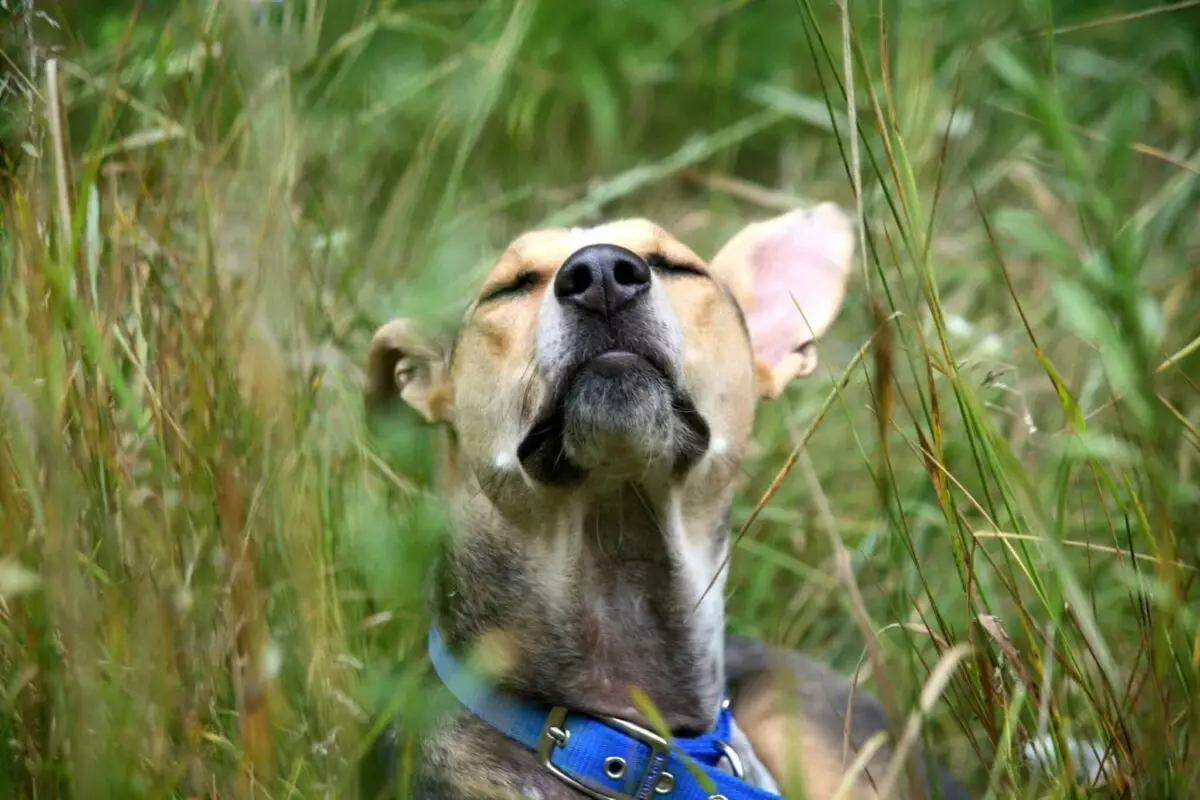For many dog owners, it’s a familiar sight: their pet eagerly sniffing, nibbling, and rolling in patches of grass during walks. While this may appear to be a baffling quirk, the reasons behind this behavior are far from trivial. Dogs, due to their ancestral lineage stemming from wild canines, have instinctual behaviors that are deeply rooted in their genetic makeup. Understanding why dogs exhibit this affinity for grass can be immensely beneficial, not only for assessing their health and instincts but also for promoting a deeper bond between humans and their canine companions.
One of the most often acknowledged explanations for dogs’ attraction to grass is its potential role as a digestive aid. Many dogs experience gastrointestinal distress or discomfort, which may compel them to seek out grass as a means of relief. When dogs consume grass, they can sometimes induce vomiting, allowing them to expel unwanted or uncomfortable contents from their stomachs. While this might alarm dog owners, it’s essential to recognize that this behavior is often instinctual and can signify that the dog is self-medicating. Frequent or compulsive grass-eating, however, warrants attention from a veterinarian to ensure no underlying health issues are at play.
In addition to its digestive properties, grass may fulfill certain nutritional gaps in a dog’s diet. Many commercial dog foods, particularly kibble, might lack adequate fiber or other essential nutrients. In search of these vital components, dogs may gravitate toward grass as a natural source of fiber and minerals. This instinct can particularly manifest in dogs with a diet that is deficient in variety or freshness. Owners are encouraged to evaluate their dog’s nutritional intake and consider incorporating more wholesome, nutrient-rich foods to ensure their pet’s overall health.
Sometimes, the engagement with grass has little to do with health but rather stems from boredom or a desire for entertainment. The greenery provides an enticing texture and captivating scents that stimulate a dog’s cognitive senses. Energetic breeds, in particular, thrive on rich textures and engaging activities. Chewing, rolling, and playing in grass offer physical and mental stimulation. Thus, providing plenty of exercise and interactive play with toys or games can mitigate any excess energy that might otherwise lead them to grass.
Dogs possess a remarkable sense of smell that is orders of magnitude more sophisticated than humans. This extraordinary olfactory ability can make even the simplest patch of grass an exciting sensory playground. Dogs interact with grass not merely for its texture but for the myriad of scents that it contains. From other animals to the environment, grass can act as a rich source of information. By engaging in sniffing or rolling, dogs gather valuable sensory data about their surroundings, reinforcing their instinctual drive to explore the world around them.
Canine behavior is often influenced by social learning and interactions. If a dog observes another dog rolling or munching on grass, this curious behavior can be mirrored in their actions. Dogs are social creatures, and these habits can provide insights into their ways of communicating and playing. The mimicry of behaviors can lead to playful gatherings with multiple dogs involved in grass-related antics, creating a social learning experience that reinforces these habits.
For many dogs, grass can also represent a source of comfort. The gentle cushioning of grass can be soothing to a dog’s skin and fur, especially for those that may struggle with anxiety or stress. Rolling in the grass can be a form of self-soothing behavior, creating a safe and familiar environment for relaxation. Dog owners should remain observant of their pet’s emotional states and provide safe spaces for them to engage in these calming rituals.
Engaging with grass isn’t just an emotional experience; it can also contribute to a dog’s physical well-being. Running, rolling, and playing in grassy fields allows dogs to expend energy, which is crucial for maintaining a healthy weight and preventing obesity. Additionally, the fibrous properties of grass can support digestive health, making it an ally in well-being. Providing dogs with regular access to open grassy areas can enhance both their quality of life and their overall health.
As the temperature rises during hotter months, dogs may seek the coolness of grass to help regulate their body temperature. This behavior is prevalent in breeds susceptible to overheating or those with thicker coats. By lying or rolling in grass, dogs can find a relief from the heat while remaining near their human companions. Owners should recognize this behavior as an important aspect of their dog’s needs, particularly during warm weather.
The reasons behind dogs’ affinity for grass are varied and multifaceted. From instinctual behaviors to nutritional needs, social dynamics, and emotional comfort, understanding the motivations for grass engagement can significantly enhance the owner-dog relationship. Every time a dog dives into a patch of grass, it serves as a reminder of their natural instincts, health needs, and innate curiosity. Embracing these behaviors can lead to happier, healthier pets and more enriching experiences for both dogs and their owners.

